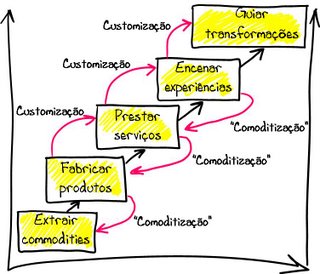Não se pense que as Magnitogorsk eram um apanágio do mundo comunista. Não, eram uma consequência de um modelo industrialista baseado na produção em massa e com pouco ou nenhum cuidado com o que os utilizadores pretendiam ou valorizavam.
Ontem, ao folhear uma publicação do Federal Reserve Bank of Dallas reencontrei uma imagem que procurava à muito:
"In July 1947, on potato fields 20 miles from Manhattan, William Levitt pioneered the mass production of affordable homes. Variations in the 17,477 houses were minor; each had two bedrooms, a bath, living room and kitchen on a 750-square-foot concrete slab. By standardizing the units, Levitt eventually was able to put up more than two dozen a day, helping fill the enormous postwar demand. Over the years, innumerable changes to the homes have transformed the community. But even now, Levittown remains a kind of shorthand for the sameness of mass production that’s starting to give way to mass customization."




















